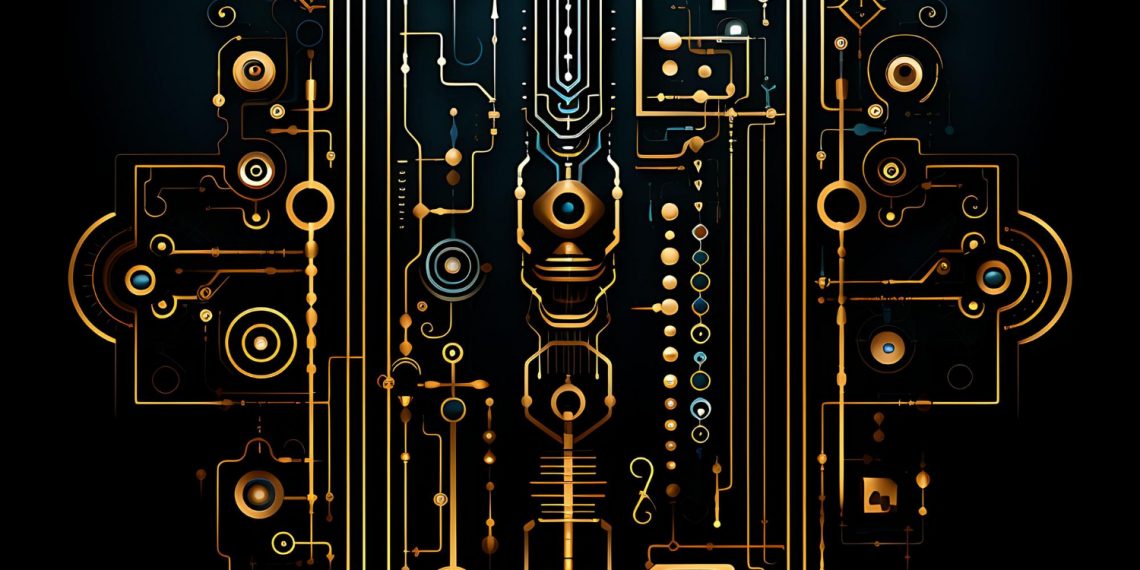In today’s interconnected world, the importance of a reliable and efficient network cannot be overstated. Structured cabling is the backbone of this network infrastructure, ensuring seamless communication and data transfer across various industries. However, when it comes to hazardous sites—such as industrial plants, construction zones, and oil refineries—the implementation of structured cabling must prioritize safety without compromising on performance.
At RIAM Enterprises, we specialize in providing top-tier structured cabling solutions that cater to the unique needs of hazardous environments. Our latest insights on structured cabling safety at hazardous sites delve into best practices and guidelines to ensure both safety and efficiency.
The Importance of Structured Cabling in Hazardous Environments
Hazardous sites pose unique challenges due to their potential for explosive atmospheres, extreme temperatures, and harsh conditions. A robust structured cabling system is crucial for these environments for several reasons:
- Reliable Communication:
Consistent and reliable communication is vital for the safety and productivity of workers in hazardous areas. Structured cabling ensures that communication systems remain operational even in adverse conditions.
- Data Integrity:
High-quality cabling minimizes data loss and interference, which is essential for monitoring and controlling operations in hazardous sites.
- Safety Compliance:
Adhering to industry standards and regulations for cabling in hazardous environments helps prevent accidents and ensures compliance with safety guidelines.
Best Practices for Structured Cabling in Hazardous Sites
- Material Selection:
Use cables that are specifically designed for hazardous environments. These cables should be resistant to chemicals, extreme temperatures, and physical abrasion.
- Proper Installation:
Ensure that all cabling installations are performed by trained professionals who understand the specific requirements of hazardous sites. Proper installation techniques reduce the risk of sparks and short circuits.
- Regular Inspections:
Conduct regular inspections and maintenance of the cabling infrastructure to identify and address potential issues before they become critical.
- Segregation of Cables:
Separate power and data cables to prevent interference and reduce the risk of electrical hazards.
- Use of Conduits and Trays:
Protect cables by routing them through conduits and trays, which offer additional protection against physical damage and environmental hazards.
- Compliance with Standards:
Follow industry standards such as the National Electrical Code (NEC) and guidelines from the Occupational Safety and Health Administration (OSHA) to ensure safe and compliant installations.
Key Guidelines for Ensuring Safety
- Explosion-Proof Enclosures:
Utilize explosion-proof enclosures for cabling connections and junctions to prevent ignition sources from causing explosions.
- Grounding and Bonding:
Proper grounding and bonding of the cabling system are essential to prevent electrical hazards and ensure the safety of personnel.
- Fire-Rated Cables:
In environments with a high risk of fire, use fire-rated cables to maintain the integrity of the network during a fire incident.
- Environmental Considerations:
Take into account the specific environmental conditions, such as humidity, dust, and corrosive substances, when designing and installing the cabling system.
Conclusion
Implementing structured cabling in hazardous environments requires meticulous planning, high-quality materials, and adherence to safety standards. At RIAM Enterprises, we are committed to providing structured cabling solutions that not only enhance network performance but also prioritize the safety of personnel and equipment in hazardous sites.








